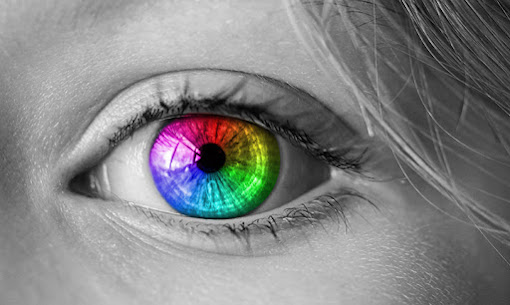What It's Like to See Pink for the First Time

Being colorblind comes with its fair share of headaches: We can’t become pilots, often need help matching articles of clothing, and struggle to perceive traffic lights from afar. Still, the biggest hurdle might be fielding questions like: “How is what you see different from what I see?” That's one I've heard all my life; it's usually followed by ad hoc tests of my ability (or inability) to perceive the hues of nearby objects. While I’ve begrudgingly entertained the latter, I’ve never been able to adequately answer the question about how exactly my sight differs from the average person’s. Until now. WHAT IS COLORBLINDNESS, EXACTLY? A common misconception is that colorblindness has to do with an insufficient supply of rod and cone cells in the eye. It’s actually only the cones that play a part in colorblindness, and the issue isn’t with quantity—even severe sufferers boast the standard 6 or 7 million—but of these cells’ behavior. All cone cells are armed with molecules call...



